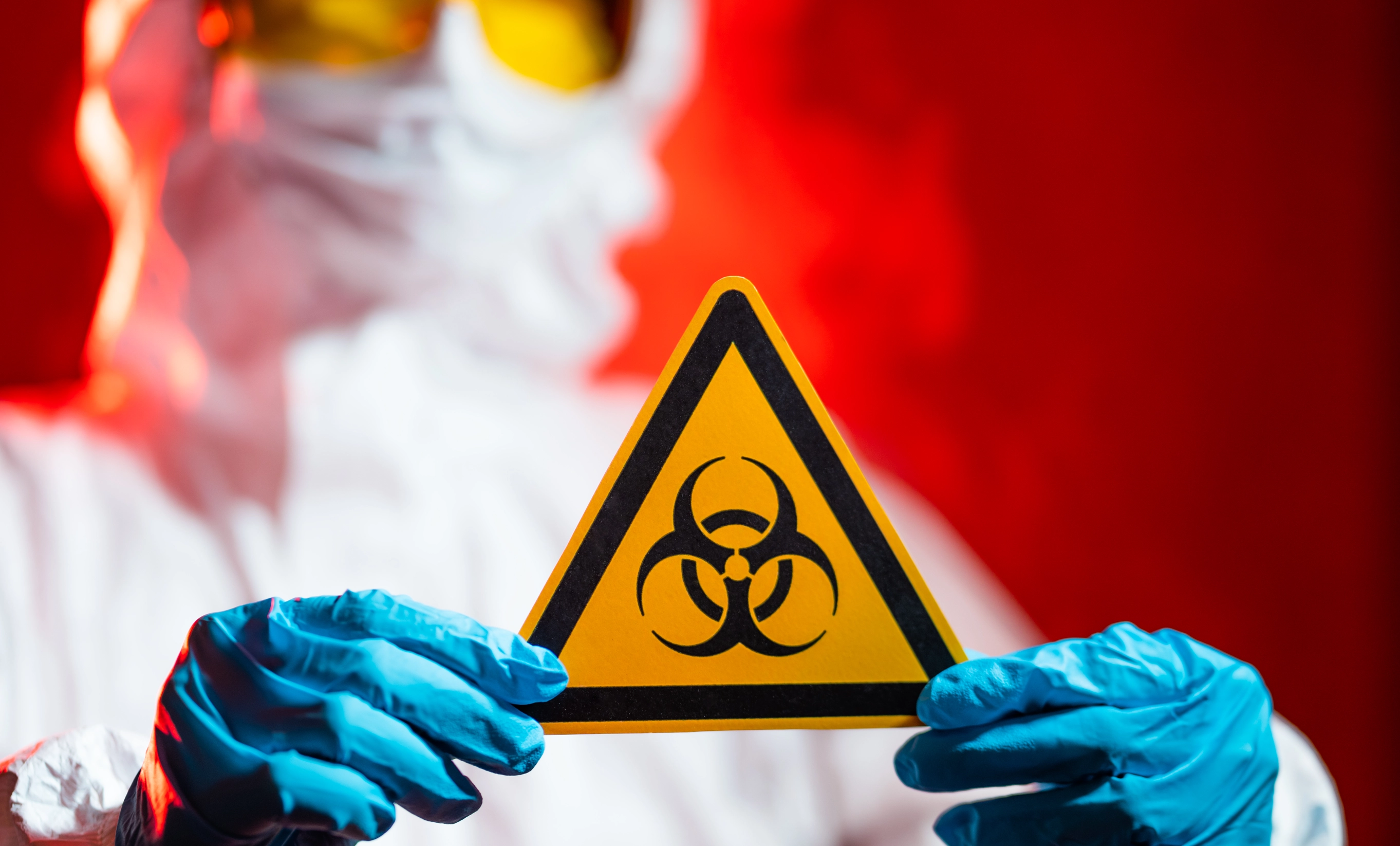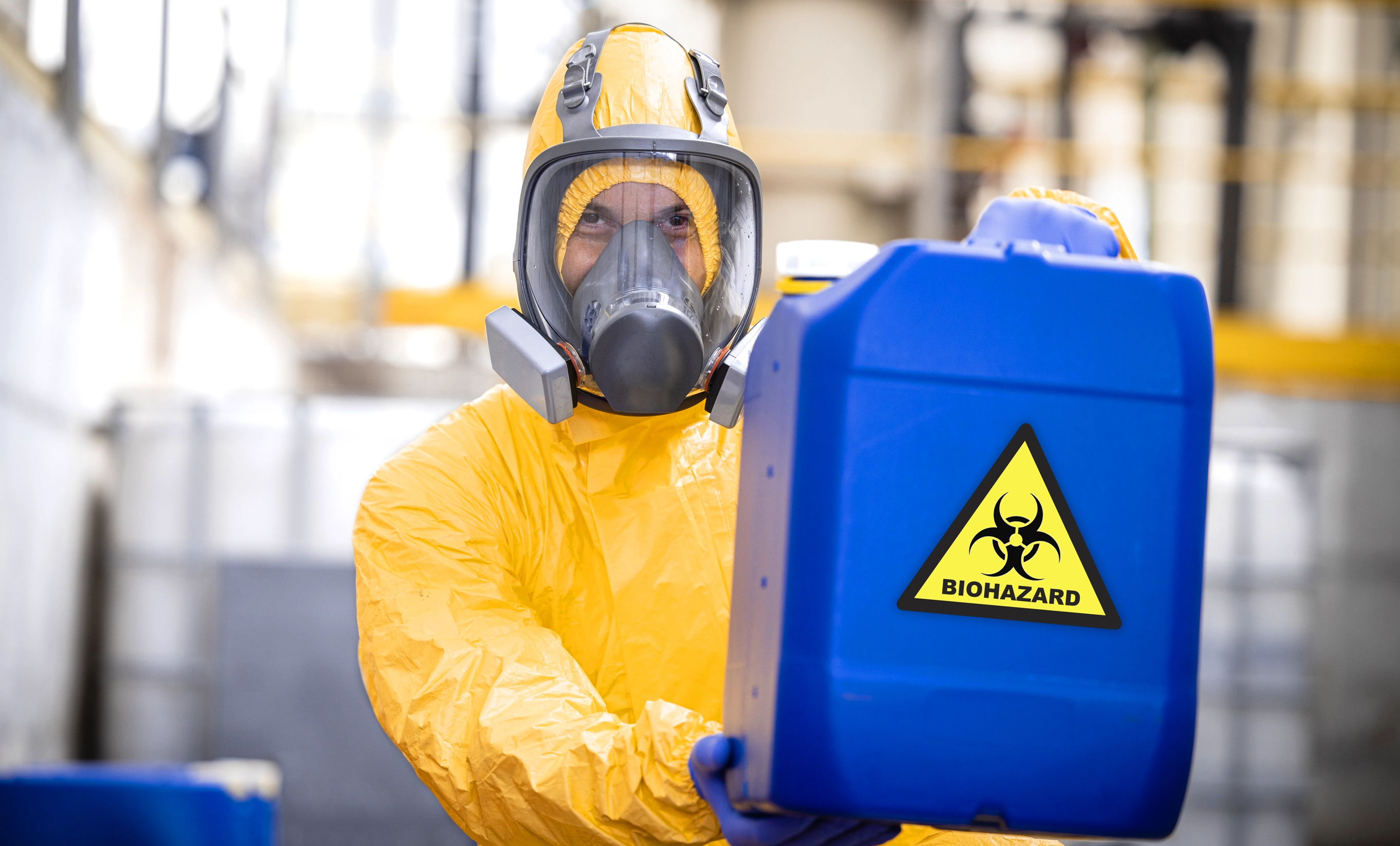 February 10, 2025 - BY Admin
February 10, 2025 - BY Admin
Handling dangerous cargo, also known as hazardous materials or dangerous goods, requires specialized knowledge, equipment, and procedures to ensure the safety of personnel, the public, and the environment. From flammable liquids to toxic substances, these materials pose significant risks if not handled and transported with care. In this guide, we'll explore the importance of proper dangerous cargo handling and best practices for ensuring safety and compliance.
1. Importance of Proper Dangerous Cargo Handling:
Safety: Handling dangerous cargo requires strict adherence to safety protocols to prevent accidents, spills, and exposure to hazardous materials. Failure to handle these materials properly can result in fires, explosions, or chemical releases with serious consequences for human health and the environment.
Compliance: Regulatory agencies, such as the International Maritime Organization (IMO) and the International Air Transport Association (IATA), have established regulations and guidelines for the safe transportation of dangerous goods. Compliance with these regulations is essential to avoid fines, penalties, and legal liabilities.

2. Best Practices for Dangerous Cargo Handling:
Proper Packaging: Dangerous goods must be properly packaged and labeled according to regulatory requirements. Packaging materials must be compatible with the hazardous material being transported and designed to withstand handling and transportation conditions.
Training and Certification: Personnel involved in handling dangerous cargo should undergo specialized training and certification to ensure they understand the hazards associated with the materials and know how to handle them safely. Training should cover topics such as hazard identification, emergency response procedures, and regulatory compliance.
Segregation and Separation: Dangerous goods should be segregated and stored separately from incompatible materials to prevent chemical reactions or contamination. Segregation guidelines are outlined in regulatory documents such as the IMDG Code (International Maritime Dangerous Goods Code) and IATA Dangerous Goods Regulations.
Emergency Preparedness: Effective emergency response procedures should be in place to address spills, leaks, or accidents involving dangerous cargo. This includes having appropriate personal protective equipment (PPE), spill containment kits, and emergency response plans in place to minimize risks and mitigate the impact of incidents.